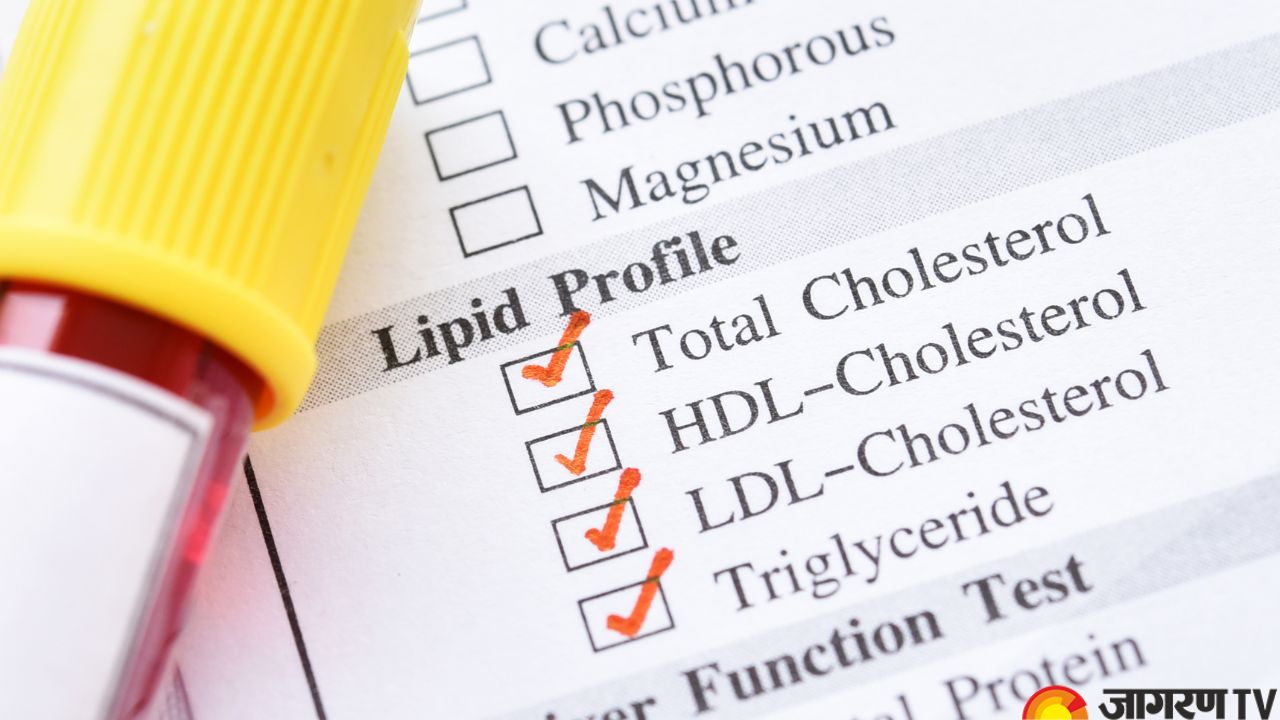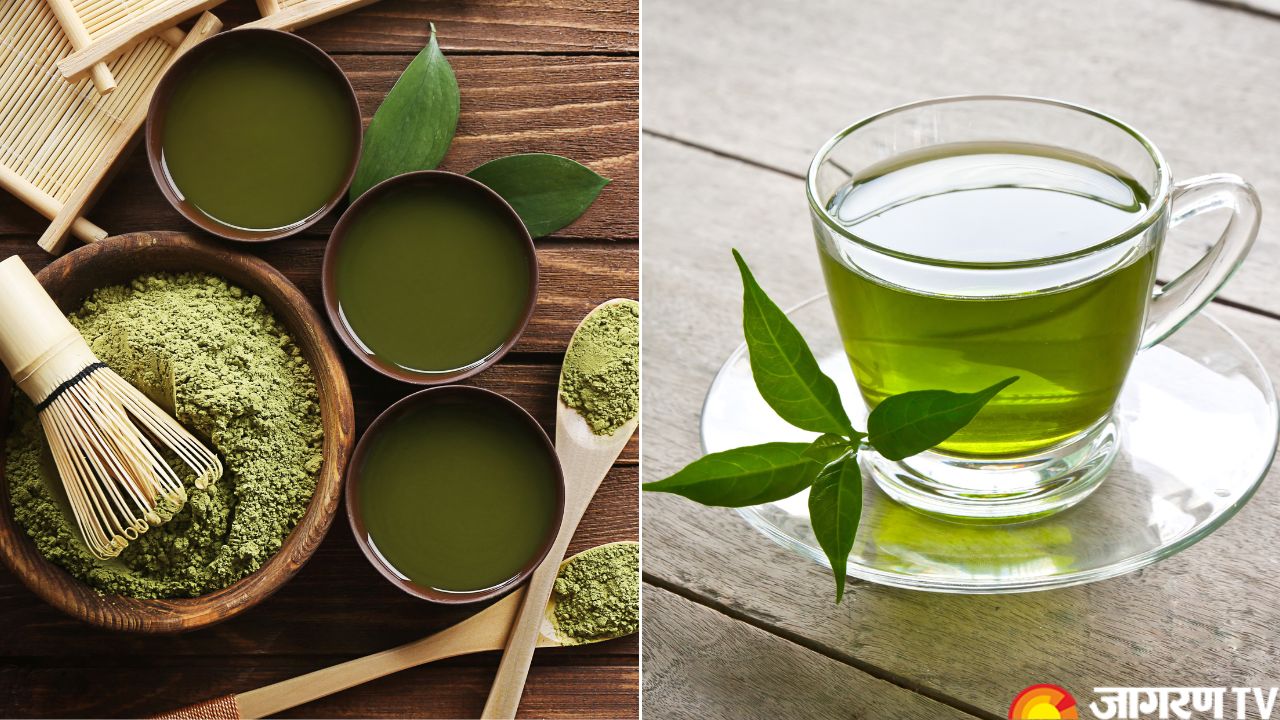Cholesterol: Is Cholesterol Bad or Good For Your Health? Understanding Types, Management, and Dietary Modifications

Cholesterol: Cholesterol, a waxy, fat-like molecule, is frequently viewed as a threat, however it is necessary for numerous body functions. The main concern emerges when cholesterol levels become unbalanced, posing substantial health hazards. In recent decades, there has been a greater emphasis on the link between abnormal cholesterol levels and numerous chronic diseases, particularly cardiovascular problems. High levels of some forms of cholesterol can cause plaque accumulation in the arteries, a condition known as atherosclerosis. High cholesterol is a severe public health concern because it typically goes undetected until a major cardiovascular incident occurs.
However, cholesterol is bad, but also good. Confused? Let’s know more about the good and bad cholesterol, and other information that you might be missing.
What is Cholesterol?
Cholesterol is a sterol, or lipid (fat), that the liver naturally produces. It is also present in several meals we consume. Despite its bad connotations, cholesterol is necessary for the development of healthy cells. It goes through the bloodstream in little bundles known as lipoproteins.
Functions of Cholesterol
-
Cholesterol is an essential component of the outer membranes of all cells in the body, providing structural integrity and fluidity.
-
Cholesterol is a precursor to the manufacture of steroid hormones, such as oestrogen, testosterone, and cortisol.
-
When exposed to sunshine, a kind of cholesterol in the skin converts to Vitamin D, which is necessary for bone health and immunological function.
-
The liver converts cholesterol into bile acids, which are required for fat digestion and absorption in the intestine.
Types of Cholesterol
There are two primary types of cholesterol:
Low-Density Lipoprotein (LDL)
LDL cholesterol carries cholesterol from the liver to other cells in the body. When LDL cholesterol levels are excessively high, it can build in the artery walls, contributing to plaque development. This is why it is commonly referred to as “bad” cholesterol. High LDL levels are a significant risk factor for heart disease.
Diet For High LDL
Avoid saturated fats, which are mostly found in red meat, processed meats, full-fat dairy products, butter, and tropical oils (coconut and palm oil). Choose thinner cuts of meat, poultry without skin, and low-fat dairy.
Eliminate trans fats from many processed foods, including baked goods, fried dishes, and some margarines. Check the food label for “partially hydrogenated oil.”
For the most part, dietary cholesterol has less of an impact on blood cholesterol than saturated/trans fats, however certain people are more susceptible. Foods high in dietary cholesterol include organ meats, egg yolks (though modest egg consumption is generally regarded as acceptable for most people), and shellfish.
High-Density Lipoprotein (HDL)
HDL cholesterol, on the other hand, collects excess cholesterol from the arteries and transfers it back to the liver for elimination from the body. This mechanism helps to reduce plaque accumulation, resulting in HDL cholesterol, which is considered “good” cholesterol. Higher HDL levels are typically connected with a lower risk of heart disease.
Diet for Low HDL
-
Monounsaturated and polyunsaturated fats can help increase HDL levels.
-
Include omega-3 fatty acids from fatty fish (salmon, mackerel, tuna), flaxseeds, chia seeds, and walnuts. Omega-3s can lower triglycerides and slightly raise HDL.
-
Excessive consumption of refined carbohydrates and sugars might reduce HDL and increase triglycerides.
Besides LDL and HDL, other lipoproteins also play a role:
Very Low-Density Lipoprotein (VLDL)
VLDL is similar to LDL, except it mostly transports triglycerides, a kind of fat produced by the liver. High VLDL levels can also lead to atherosclerosis.
Triglycerides
Triglycerides, not cholesterol, are the most common kind of fat in the body. They store the extra energy from your food. High triglyceride levels, which are frequently connected with high VLDL, can raise the risk of heart disease, particularly when accompanied with high LDL and low HDL.
Diet for High Triglycerides
Reduce sugar and processed carbohydrates since the liver turns extra sugar to triglycerides. Limit your intake of sugary drinks, sweets, white bread, spaghetti, and highly processed foods.
Alcohol is high in calories and might boost triglyceride synthesis in the liver.
Concentrate on monounsaturated and polyunsaturated fats, particularly omega-3s.
Losing even a small amount of weight can drastically lower triglycerides.
Regular physical activity and exercise helps to decrease triglycerides and increase HDL.
Lifestyle Changes
Regular physical exercise, maintaining a healthy weight, no smoking, and controlling stress are all important for cardiovascular health and cholesterol management.
Dietary suggestions should be adapted to the individual’s health, interests, and lifestyle. For personalised guidance and monitoring, consult a doctor or a trained dietician.
Related Videos
-
29 Jun, 2025
Matcha Vs Green Tea: Is Matcha Healthier Than Green Tea? Know Key Differences, Caffeine Level, ...
-
02 Feb, 2025
-
24 Dec, 2024
Health Tips: What Causes High Cholesterol? Know Symptoms, Treatment, and More ...
-
22 Dec, 2024
Winter Health Tips: Know Medicinal Benefits of Eating Guava Leaves on Empty Stomach ...
यह भी पढ़ें
-
09 Apr, 2023
IPL 2023 : आज हैदराबाद और पंजाब में कौन मारेगा बाजी, ऐसी हो सकती है दोनों टीम की प्लेइंग इलेवन
-
09 Apr, 2023
कोरियन दूल्हे ने इंडियन स्टाइल में की शादी, घोड़ी भी चढ़ा और भांगड़ा भी किया, वीडियो हुआ वायरल
-
09 Apr, 2023
-
09 Apr, 2023
आकांक्षा दुबे मामले में आरोपी समर सिंह को भीड़ ने दौड़ाया, 14 दिन की न्यायिक हिरासत








